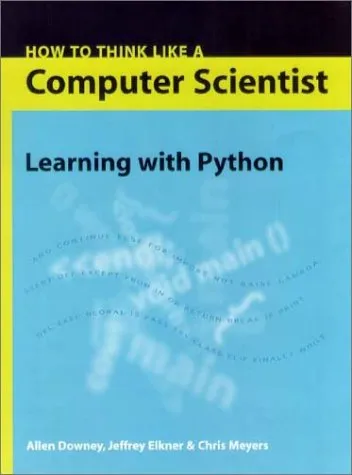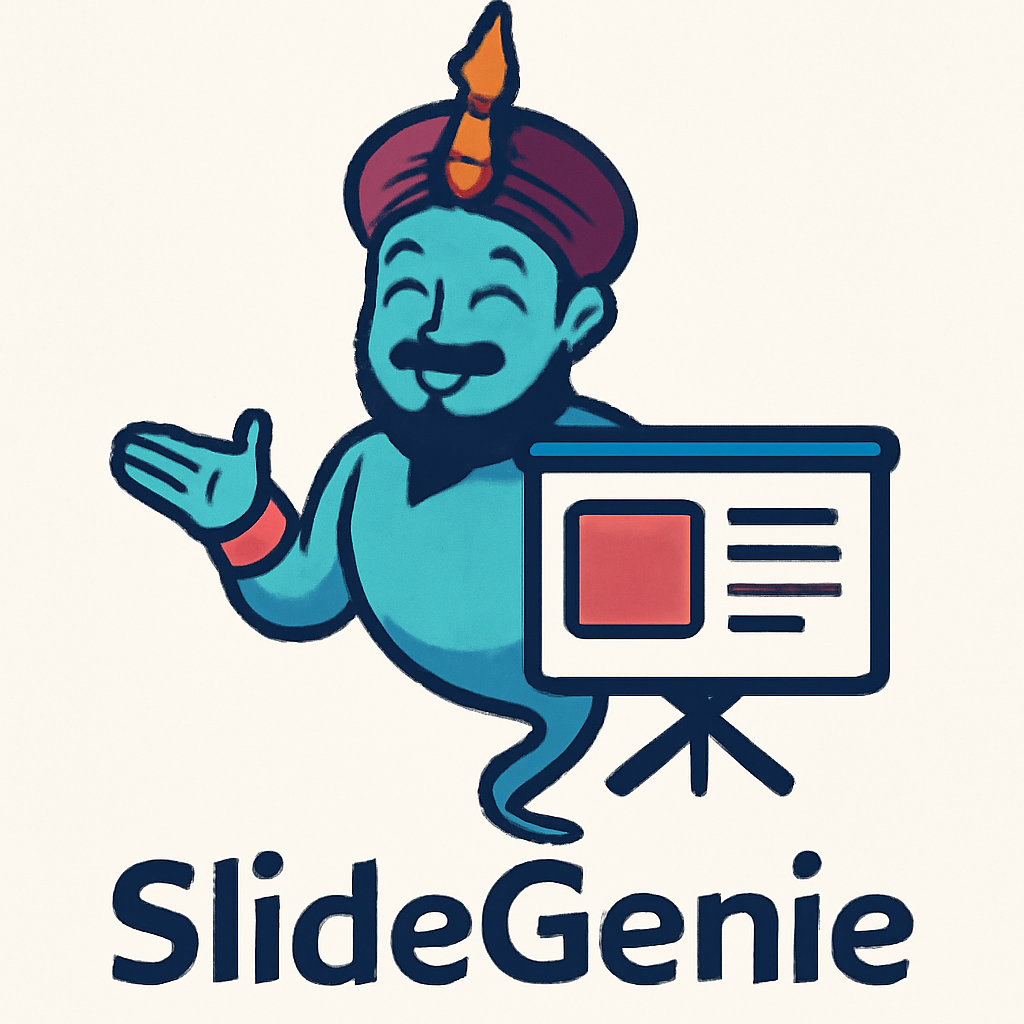How to think like a computer scientist: learning with python
4.5
Reviews from our users

You Can Ask your questions from this book's AI after Login
Each download or ask from book AI costs 2 points. To earn more free points, please visit the Points Guide Page and complete some valuable actions.Introduction
Welcome to "How to Think Like a Computer Scientist: Learning with Python", a remarkable educational resource designed to guide readers into the fascinating world of computer science through the versatile programming language Python. Written by Allen B. Downey, Jeffrey Elkner, and Chris Meyers, this book combines conceptual depth with hands-on practical applications, helping both beginners and intermediate learners tackle the fundamentals of programming and problem-solving. Whether you're a student, an aspiring programmer, or simply curious about computational thinking, this book gives you the tools you need to think creatively and logically like a computer scientist.
Detailed Summary
"How to Think Like a Computer Scientist: Learning with Python" is more than just a technical manual; it’s an engaging exploration designed to bridge the gap between theoretical computer science and real-world programming practices. This book adopts an interactive approach, breaking down advanced concepts like recursion, object-oriented programming, and algorithmic design into digestible, step-by-step explanations.
Starting with an introduction to Python, a popular high-level programming language known for its simplicity and readability, the authors ease readers into core programming concepts. The book progresses through essential topics such as variables, data structures, control flow, functions, and classes. Alongside these topics, the authors emphasize computational problem-solving—a skill that transcends language-specific syntax and allows programmers to address real-world challenges efficiently.
What sets this book apart is its application-focused mindset. Featuring numerous examples, exercises, and diagrams, the book ensures readers gain both conceptual understanding and practical coding experience. By the end of the book, readers can design, analyze, and implement algorithms while confidently working with Python. Moreover, readers will develop a systematic thought process that can be applied to other programming languages and disciplines within computer science.
Key Takeaways
- Develop a computational way of thinking, essential for problem-solving in programming and computer science.
- Learn Python from the ground up, mastering its syntax and features through hands-on examples.
- Gain practical experience with core programming concepts such as variables, data types, loops, and recursion.
- Understand how to implement object-oriented programming principles, such as using classes and objects effectively.
- Acquire foundational knowledge for developing algorithms and optimizing solutions for efficiency.
- Build the skills necessary to transition to advanced topics in computer science or other programming languages.
Famous Quotes from the Book
Throughout the book, the authors use insightful remarks to help readers internalize fundamental principles in computer science. Here are a few memorable quotes:
- "Computational thinking is the art of breaking a problem into manageable pieces and solving each piece systematically."
- "The goal of learning a programming language is not just to write programs, but to acquire a new way to think about problems."
- "Recursion isn’t magic—it’s a powerful tool that helps us tackle complex problems by simplifying them into smaller, solvable pieces."
Why This Book Matters
With technology playing an ever-increasing role in our daily lives, programming skills and computational thinking are becoming indispensable. "How to Think Like a Computer Scientist: Learning with Python" serves as a foundational stepping stone for those looking to enter the field of computer science or enhance their technological literacy.
This book matters because it not only teaches Python but also introduces readers to the broader principles of how computer scientists approach challenges. By emphasizing problem-solving and algorithmic thinking, it equips its readers with the mindset necessary for innovation and exploration in the tech-driven world.
Furthermore, Python’s easy-to-learn syntax combined with its widespread applications makes it an ideal language for beginners. The authors leverage Python's accessibility to delve deeper into the essence of programming, making this book a valuable asset for self-learners, educators, and professionals alike. It's a comprehensive resource that inspires readers to develop skills, habits, and perspectives that transcend coding.
Free Direct Download
You Can Download this book after Login
Accessing books through legal platforms and public libraries not only supports the rights of authors and publishers but also contributes to the sustainability of reading culture. Before downloading, please take a moment to consider these options.
Find this book on other platforms:
WorldCat helps you find books in libraries worldwide.
See ratings, reviews, and discussions on Goodreads.
Find and buy rare or used books on AbeBooks.
1162
بازدید4.5
امتیاز50
نظر98%
رضایتReviews:
4.5
Based on 0 users review
"کیفیت چاپ عالی بود، خیلی راضیام"


